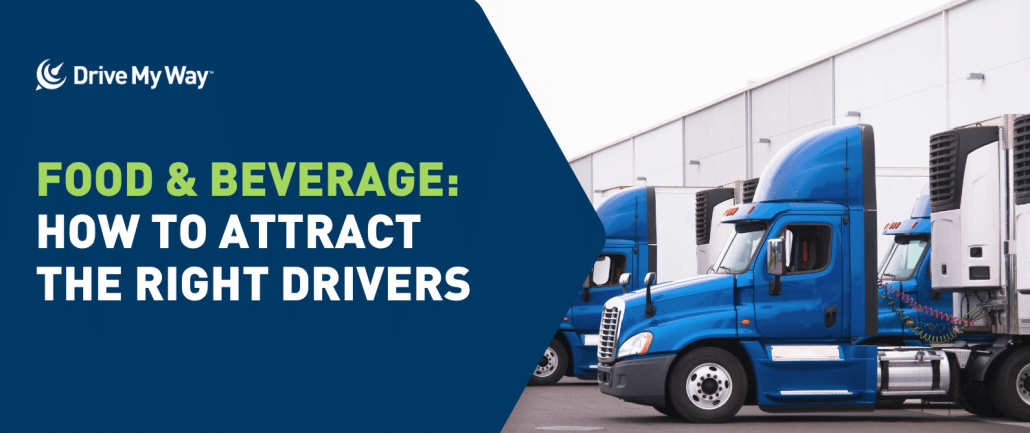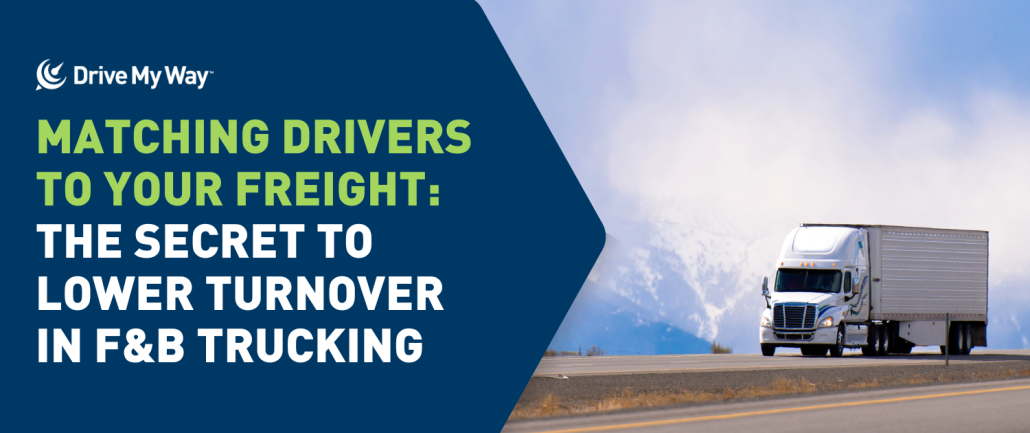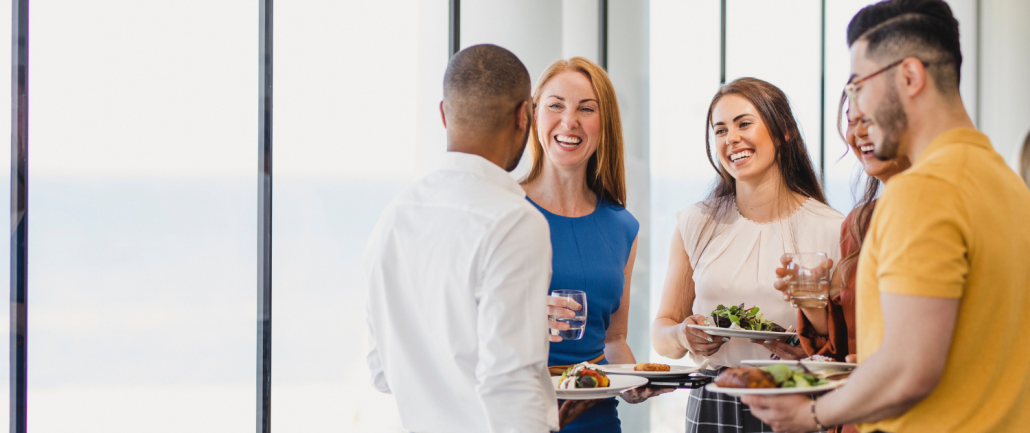 In a labor market where demand for qualified CDL drivers remains consistently high, a well-constructed sign-on bonus program can be a powerful tool for recruiting quality talent.
In a labor market where demand for qualified CDL drivers remains consistently high, a well-constructed sign-on bonus program can be a powerful tool for recruiting quality talent.
However, if a bonus program is implemented without clear objectives, potential outcomes, or sufficient communication, it can instead become an expensive initiative that fails to generate long-term value.
Keep reading to discover how carriers can modernize and optimize a sign-on bonus program that will respond to the needs of today’s drivers and the realities of the 2025 trucking landscape.
1. Establish a clear and measurable objective
Carriers often introduce a sign-on bonus primarily to boost applicant volume, yet a well-structured program should reinforce retention as much as it supports recruitment.
Industry data indicates that while a large percentage of fleets continue to offer sign-on bonuses, the long-term retention impact varies significantly based on how these incentives are positioned. To design an effective program, it’s essential to begin by determining what the bonus is actually intended to accomplish.
Be sure to ask whether the goal is to increase the number of qualified applicants, encourage early tenure, fill critical or high-demand lanes, or support both short-term and long-term staffing needs. Then, consider which performance expectations, safety behaviors, or tenure milestones the bonus should reinforce. When you treat the bonus as one component of a larger strategy, rather than an isolated incentive, you can create stronger alignment between the cost of the program and the value it generates.
2. Set the bonus amount strategically
There’s no one-size-fits-all bonus amount because market conditions, region, driver experience level, and job type all matter. Several surveys report that average sign-on bonus amounts increased during early 2025, reflecting stronger competition for qualified drivers as well as higher replacement costs.
Here are a few rules of thumb when considering bonus amounts:
- Offer enough to matter, but not so much that drivers wonder why it’s so high (which can raise red flags about job quality)
- Consider tiered amounts based on driver experience, endorsements, lane premium or performance expectations
- Ensure the bonus aligns with your budget and is sustainable, not just a flash incentive
For example, hiring a very experienced driver into a high-value route might merit a larger bonus than a local position or a driver straight out of school.
3. Choose the right payout structure
How and when the bonus is paid has major implications: you want it to encourage longevity and performance, not simply speed through the onboarding process. Here are some common structures:
- Up-front payout: A portion paid shortly after hire (such as first week), to help drivers transition.
- Phased payout: Remaining portion paid after milestones (such as 30 days, 90 days, six months). This method links payout to retention.
- Deferred/anniversary payout: Bonus paid at 6 or 12 months, or split across multiple milestones, to keep the driver engaged longer.
Given rising turnover and the push for longer-term stability, the phased or deferred approach is often the stronger bet. It transforms the bonus into part of a retention strategy rather than a one-off recruitment cost. It is another tool to help a driver successfully transition from one employer to another.
4. Communicate the program with full clarity and complete transparency
A sign-on bonus program is only as effective as the communication surrounding it. If drivers feel uncertain about eligibility, payout rules, or conditions, trust erodes, and carriers may gain a reputation for unclear or misleading incentives.
To avoid this, carriers should communicate every detail in writing, including the total bonus amount, payout schedule, performance expectations, required documentation, and consequences if a driver leaves before completing a milestone.
All terms should appear consistently in job postings, conversations with recruiters, offer letters, and onboarding materials. Transparency is key to protecting your carrier’s reputation while also strengthening retention by ensuring that drivers understand what they will earn and when.
5. Integrate sign-on bonuses into a broader retention strategy
Although sign-on bonuses attract attention, they can’t resolve deeper retention issues on their own. Some drivers even move from carrier to carrier seeking repeated bonuses, which can minimize the long-term effectiveness of the incentive. The most successful programs support a larger system of retention practices.
To strengthen results, you should combine bonus milestones with innovative onboarding, structured mentorship, responsive driver support teams, competitive pay, reliable home-time policies, and well-maintained equipment. Additional incentives, such as referral bonuses or safe-driving rewards, can also reinforce performance and engagement.
6. Monitor the program’s outcomes and adjust based on data
The trucking industry continues to shift, and sign-on bonus programs should be always evolving as well. Here are some key considerations to make as you continue to craft your bonus program:
- Track the actual cost per hire (bonus + recruiting + training) and retention beyond milestone payouts.
- Determine “break-even” tenure (how long a driver must stay to offset the bonus investment).
- Adjust bonus amounts, structure, and messaging based on geography, freight type, driver profile and market competition.
- Benchmark against competitors and market data (fuel costs, freight demand, driver availability) to keep your offering relevant.
For more ways to stay ahead of the curve in the transportation industry in 2025, be sure to check out the rest of our Employer Blog posts and connect with us on social media.







 Private fleets are in a strong position when it comes to attracting experienced drivers. Typically, they can offer better compensation, more predictable schedules, and upgraded equipment.
Private fleets are in a strong position when it comes to attracting experienced drivers. Typically, they can offer better compensation, more predictable schedules, and upgraded equipment. 


